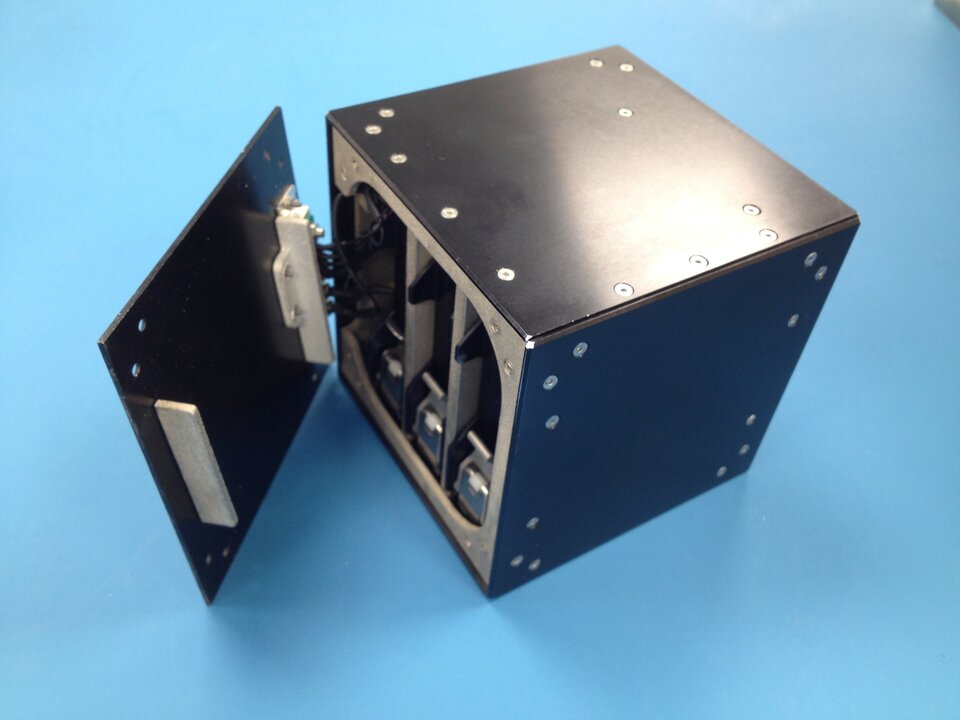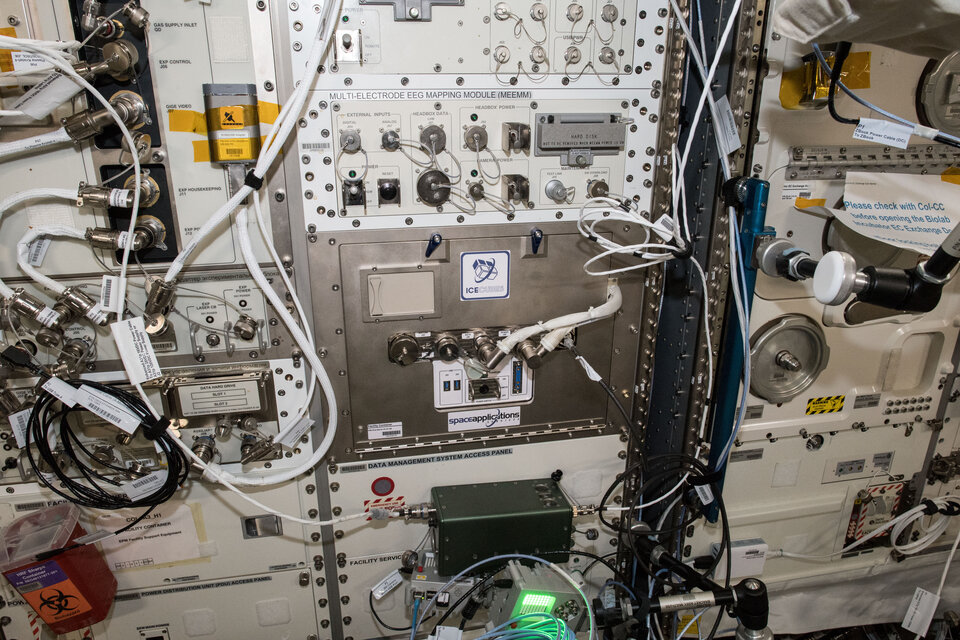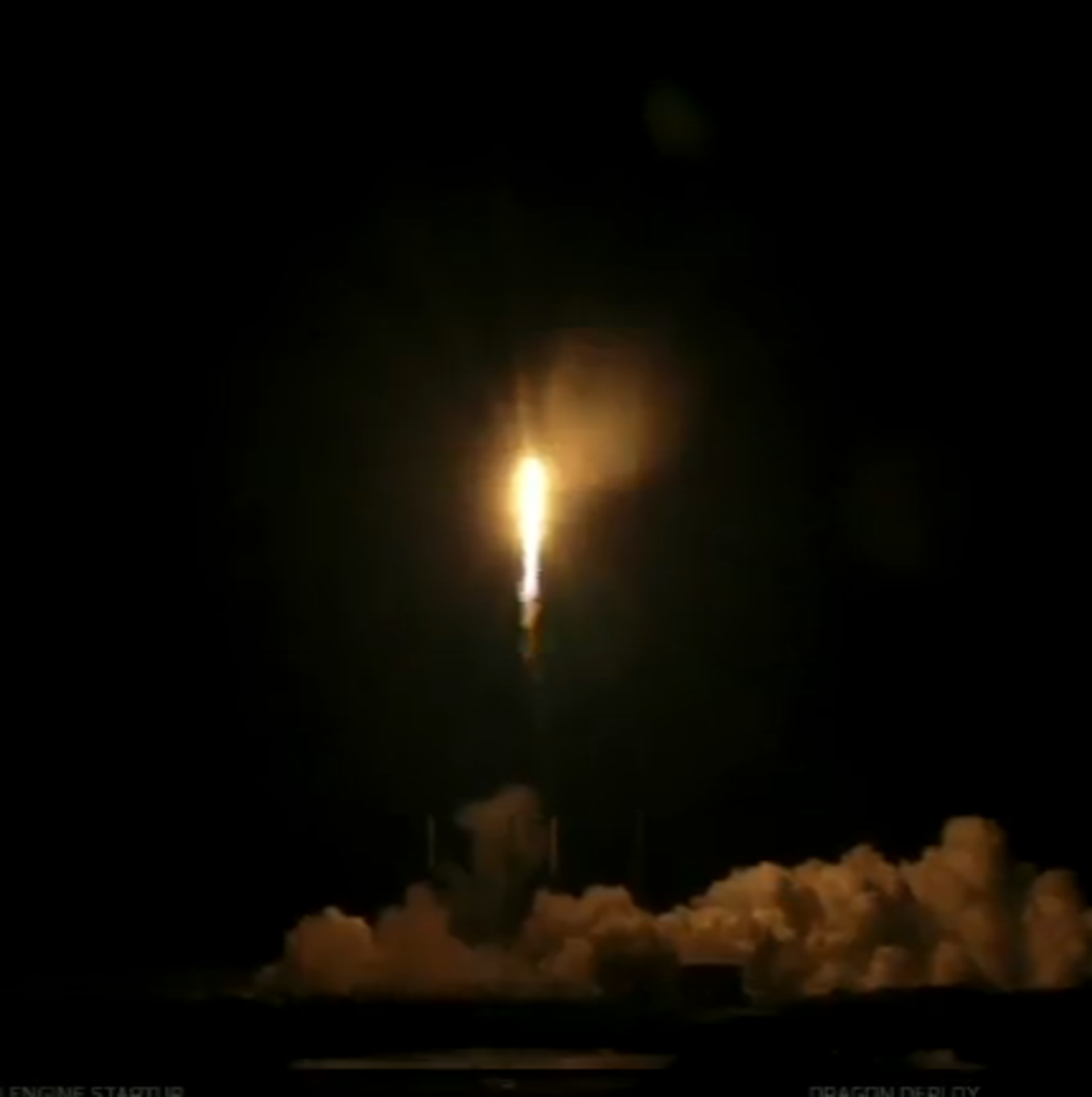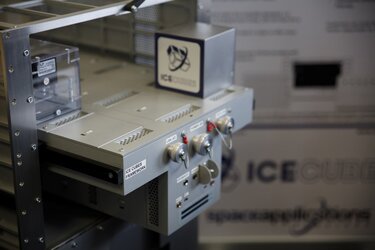Dragon delivers some ICE
The newly installed International Commercial Experiments service – ICE Cubes for short – facility providing commercial access to microgravity will soon receive the first experiment cubes after today’s successful SpaceX Dragon resupply launch.
The 15th resupply mission lifted off from Cape Canaveral, Florida at 5:42 ET (11:42 CEST) with standard cargo for the International Space Station as well as the first 10 x 10 x 10 cm experiment cubes.
In partnership with Space Applications Services, ESA is extending access to research in weightlessness with ICE Cubes to ensure humans live better, work smarter, and explore farther.
Research and educational institutions can run their payloads spanning various disciplines in the facility housed in the Columbus laboratory on the Space Station. At a reduced cost and with shorter book-to-fly time, research teams also benefit from 24 hour access to data via remote login and a dedicated control centre.
Plug-and-play

The International Space University is the first to run experiments in ICE Cubes. Once on board the Space Station, the plug-and-play cubes need only to be slotted into the facility by an astronaut. And the data collection begins.
One cube will house an experiment that is continuing research on methane-producing microorganisms to see how they survive in space conditions. In the longer term, the knowledge gained could lead to these microorganisms for bio-mining of asteroids to produce methane to fuel future space missions.
The second ISU experiment is an interactive art installation that brings space to Earth and back again, highlighting the versatility of the ICE Cubes facility. The cube contains a kaleidoscope linked to a ground installation that is activated by the pulse of participants. The images are then beamed down to the installation on Earth, thanks to ICE Cubes’ unique 24-hour accessibility.
“We’re very excited to welcome the first ICE Cubes experiments by the International Space University. A big advantage of commercial access to the Space Station is that universities and other educational users get easier, faster and more affordable access to research in weightlessness,” said David Parker, ESA’s Director of Human Spaceflight and Robotic Exploration. “We can’t wait to see what promising young minds come up with.”

Researchers can access the data from their payloads at any time via a dedicated mission control centre at Space Applications Services’ premises in Sint-Stevens-Woluwe, Belgium. Clients can connect to their experiment from their own location over internet to read the data and even send commands directly.
Dragon is due to berth with the Space Station on 2 July, after which time the cubes will be installed. The ISU experiments will return to Earth on the next cargo resupply vehicle set to return in December this year. This is yet another advantage of the ICE Cubes service: experiments and samples can be returned for post-flight analysis with the regular cargo resupply missions that take place approximately every three months.
For more information on ICE Cubes, visit the website.









